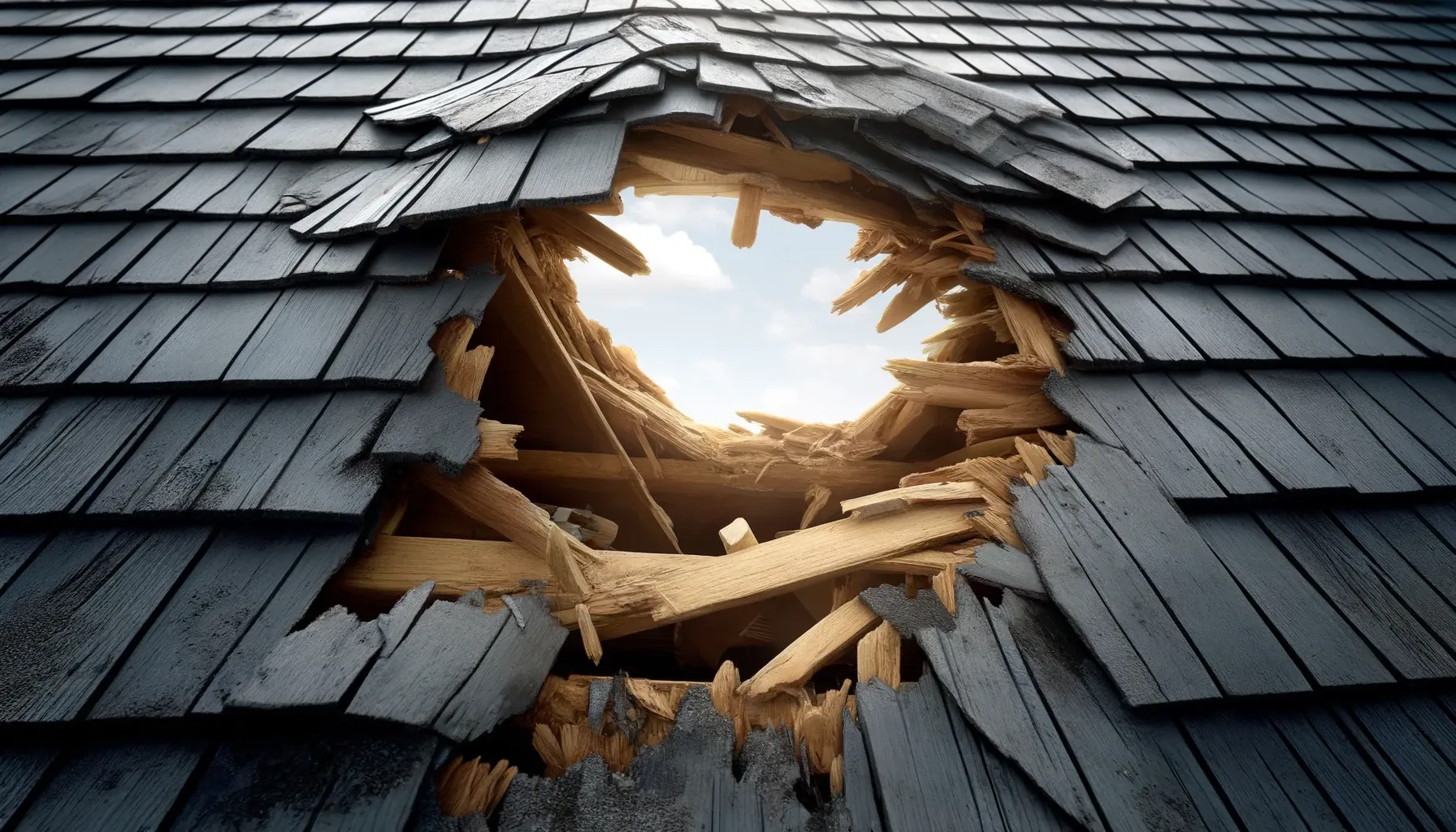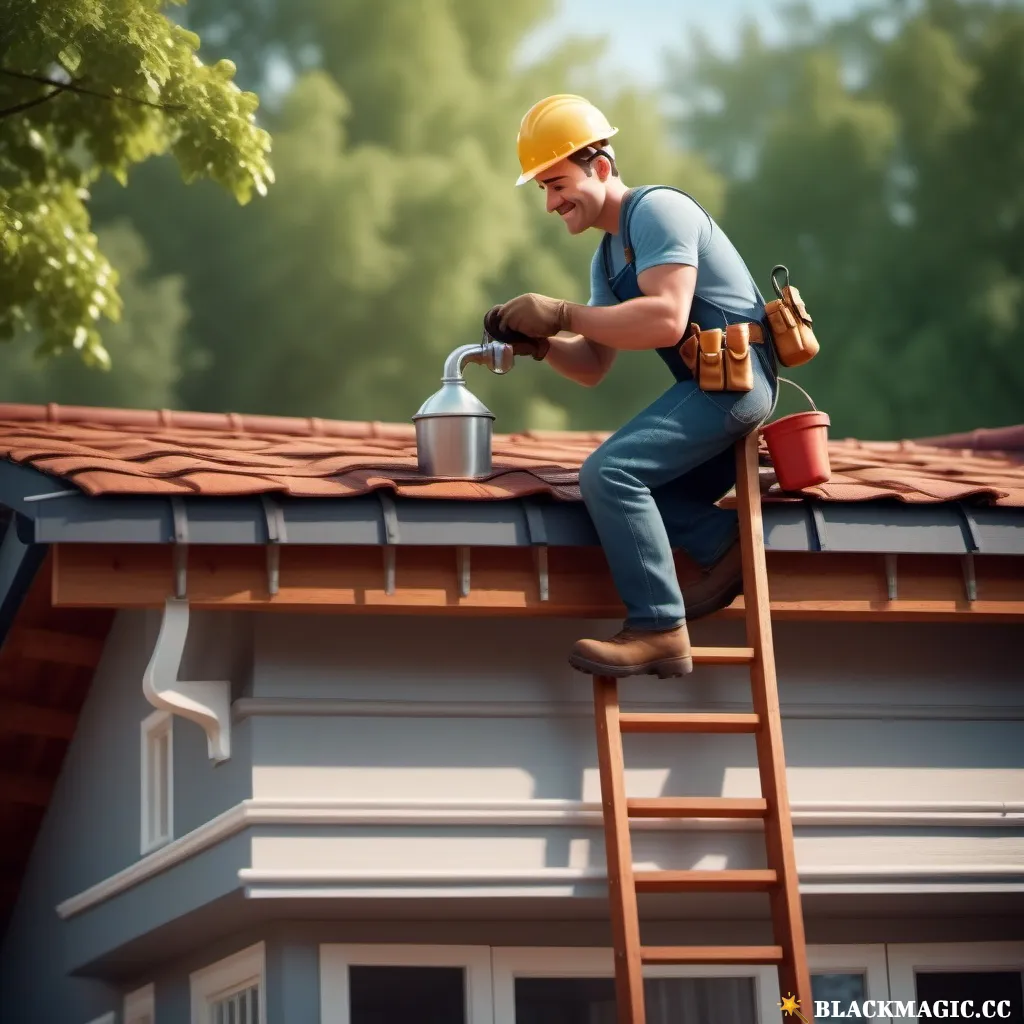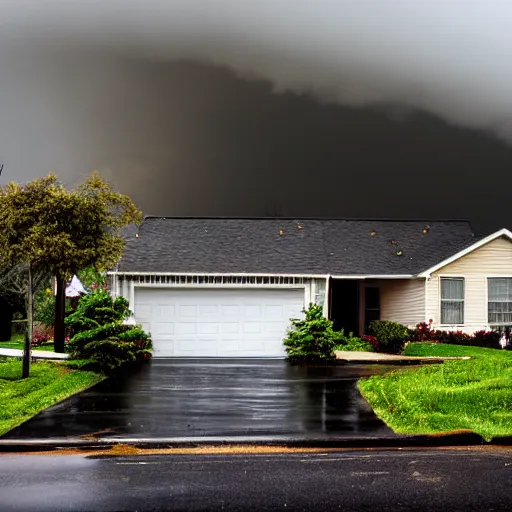Is Overlaying a Roof Bad?
Is overlaying a roof bad?
This seems to be the million-dollar question whenever the topic of roofing comes up. We're here to dive into the debate and shed some light on the pros and cons of this controversial topic.
From the endless online arguments to the never-ending opinions of friends and family, we'll explore whether overlaying a roof is truly as terrible as some make it out to be. So grab your popcorn and get ready for some roof-raising fun!
"Is overlaying a roof bad?"
Have you ever wondered whether overlaying a roof is a good idea or not? Well, you're not alone! We're here to break it down for you in a fun and informative way. Let's dive into the world of roofing and find out if overlaying a roof is truly bad or not.

What is roof overlaying?
If you're not familiar with the term, roof overlaying is the process of adding a new layer of shingles on top of existing ones. It can be a cost-effective and time-saving way to improve the appearance and functionality of your roof. However, there are some drawbacks to consider as well.
So, is overlaying a roof bad? Let's explore the pros and cons in more detail.
Pros of overlaying a roof
Overlaying a roof can have some benefits, such as:
- Cost-effective: Overlaying a roof is typically cheaper than a full roof replacement because it requires less labor and materials.
- Time-saving: Roof overlaying is usually quicker than tearing off the old shingles and installing new ones.
- Minimal disruption: Since there is no need to remove the existing shingles, overlaying a roof can be less messy and disruptive to your daily life.
Overall, overlaying a roof can be a good option for those looking to save money and time on roofing repairs or replacements.
Cons of overlaying a roof
However, there are also some downsides to consider when it comes to roof overlaying:
- Added weight: Adding another layer of shingles can put extra weight on your roof, which may lead to structural issues over time.
- Hiding underlying issues: Overlaying a roof can hide any underlying issues, such as water damage or rot, that may need to be addressed.
- Reduced lifespan: Since the new layer of shingles is installed over the old ones, the overall lifespan of the roof may be shorter compared to a full replacement.
Keep these cons in mind when deciding whether to overlay your roof or opt for a full replacement.

When should you consider overlaying a roof?
If you're still on the fence about whether overlaying a roof is the right choice for you, here are some instances when it may be worth considering:
Your roof is in relatively good condition
If your roof is in decent shape and the shingles are not severely damaged, overlaying may be a cost-effective way to extend its lifespan without the need for a full replacement.
You're on a tight budget
Overlaying a roof is generally cheaper than a full replacement, making it a good option for homeowners on a tight budget who still want to improve the functionality and appearance of their roof.
You're short on time
If you need a quick fix for your roof and don't have the time for a complete tear-off and replacement, overlaying may be the best solution for you.
However, keep in mind that while overlaying a roof may be a temporary fix, it may not always be the best long-term solution for your roofing needs.

How to properly overlay a roof
If you've decided that overlaying your roof is the way to go, it's important to follow these steps to ensure the process is done correctly:
Step 1: Inspect the existing roof
Before overlaying your roof, make sure to inspect the existing shingles for any signs of damage, such as curling, cracking, or missing pieces.
Address any issues before proceeding with the overlay.
Step 2: Choose the right materials
Select high-quality shingles that are compatible with the existing roof. It's essential to choose materials that will provide adequate protection and durability for your home.
Step 3: Prepare the roof surface
Clean the existing roof surface of any debris, dirt, or algae growth before adding the new layer of shingles. This will ensure proper adhesion and a smooth overlay.
Step 4: Install the new shingles
Carefully lay the new shingles over the existing ones, making sure to follow the manufacturer's instructions for installation. Secure the new shingles in place to prevent any shifting or water infiltration.
Step 5: Inspect the finished product
Once the overlay is complete, inspect the roof for any areas that may need touch-ups or repairs. Make sure the new shingles are properly installed and sealed to prevent leaks.
By following these steps, you can ensure that your roof overlay is done correctly and will provide the protection and longevity you need.

The verdict
So, is overlaying a roof bad? The answer ultimately depends on your specific situation and needs. While overlaying can be a quick and cost-effective solution for some homeowners, it may not be the best choice for everyone.
If you're considering overlaying your roof, carefully weigh the pros and cons, and consult with a professional roofer to determine the best course of action for your home.
In the end, the most important thing is to ensure that your roof is in good condition and will provide the protection and security you need for years to come. Whether you choose to overlay your roof or opt for a full replacement, make sure to invest in high-quality materials and professional installation to keep your home safe and sound.
We hope this article has shed some light on the topic of roof overlaying and helped you make a more informed decision about your roofing needs. Remember, a well-maintained roof is crucial for the safety and longevity of your home, so don't hesitate to take the necessary steps to keep it in top shape.
Now, go forth and make the best choice for your roof!







